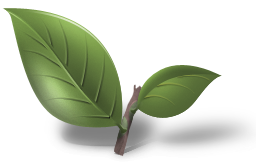I've had decent luck getting tea from the States. A long-ago Tillerman order was taxed, but several orders from Ethan and one from Seven Cups went through customs just fine. I think all of these packages were sent through USPS; orders sent via couriers like DHL and FedEx are more likely to incur charges. This could be due to the de minimis exemption, or it could be because tea isn't subject to taxes in Canada. However, I saw that tea was on the list of American goods being threatened with reciprocal tariffs, so I'm not sure what the situation will be going forward.faj wrote: ↑Wed Mar 05, 2025 4:06 pmI am not sure there ever was such an exemption as a formal rule, but some years ago small parcels shipped to Canada through USPS were typically not assessed. Nowadays, everything is hit with taxes, and Canada Post adds a fee for good measure on top of the taxes, because the government has to be compensated for the expense of collecting taxes for themselves. For some reason, they have not yet thought of charging fees for charging fees for collecting taxes.
I agree, that $10 brokerage fee from Canada Post annoys the heck out of me. Surely the taxes from customs can pay for collecting the taxes from customs...
I know Camellia Sinensis carries Anji. I've never ordered Chinese green tea from them because they send it on the slow boat and it arrives sometime in May or June, after I've made all my green tea purchases for the year. Why even bother at that point?
